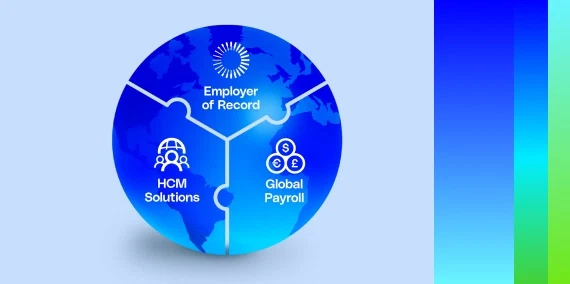What is one thing every hiring manager should know about internal hiring?
Here is what 6 thought-leaders had to say:
- Make Internal Hiring a Starting Point
- Upskill Current Employees to Save Money
- Provide Constructive Feedback
- Capitalize on less training
- Treat Every Candidate the Same
- Do Not Overlook Your Internal Talent
Make internal hiring a starting point
Hiring from within should be the starting point for any talent acquisition for higher management. When you are hiring from within, you get a first-hand look at the type of person the candidate is and the work he or she does. You can interview coworkers, superiors, and subordinates to see how the person operates. You can also look over the internal candidate’s HR file to see if the individual has any talents, education, or skills that the company is not utilizing. Grooming talent from within has been one of the biggest missed opportunities of most organizations today. Job-hopping is often a result of little room for advancement within an organization. Hiring managers should not make this mistake.
Mark Smith, Program Chair of Business and Graduate Studies, University of Advancing Technology.
Upskill current employees to save money
Rather than bringing in new external hires, it is often more cost efficient to retrain current employees for a new role. Just because your current team members don’t have all of the right skills yet, doesn’t mean they can’t learn. Upskilling can also improve employee satisfaction which translates to lower turnover, which can be very costly.
Dale Cullen, Content Manager at DevSkiller.
Provide constructive feedback
Not everyone who applies for an internal job post is qualified or a suitable fit for that role. A basic copy-pasted rejection email isn’t going to cut it if you want to let unsuccessful internal candidates down easily and keep them motivated. Provide advice on skills to improve or certifications to pursue that will make them more suitable for the role or future roles like it. Suggestions for other opportunities that may be a better fit can also help to alleviate the disappointment of being rejected for a certain role.
Gerrid Smith, Chief Marketing Officer at Joy Organics.
Capitalize on less training
One benefit of internal hiring is that there is less training required for employees who are being promoted to new positions within the same company. While there are surely some new information or skills they would need to know, they would not need to learn how to use entirely new company-wide project management systems or understand general company policies, for example. Overall, internal hiring can save a lot of time for company managers in terms of onboarding, and this time can be used to focus on important aspects of the onboarding process that may have fallen to the wayside.
Mike Clare, Founder and CEO at Mood Health.
The time you save with internal hiring can be used to focus on important aspects of the onboarding process that may have fallen to the wayside.
For more resources on onboarding, we recommend:
5 Tips for Onboarding and Managing Remote Teams
Tips for Onboarding International Employees
How to Build an Onboarding Program at Scale Employees Love
5 Tips for Onboarding and Managing Remote Teams
Treat every candidate the same
One internal hiring challenge is making sure you are still hiring the best fit for the position. To ensure this is the case, treat all internal and external candidates the same, with the same transparent interview process, assessment tests, criteria matching, etc. This way, you know you are avoiding any unconscious internal hiring bias. Even if the internal candidate isn’t selected, there’s peace of mind in knowing the process was fair and transparent.
Jenn Christie, VP of Operations at Markitors.
Do not overlook your internal talent
Even if your employees are working in roles different to the open position (in a different department or specialty, for example), if they express interest in the new role, don’t overlook them – invite them to tell their story and explain how they think they could make the transition and master this new role. Listen and learn about their past work and life experiences and their insights into their work and your company. Be open to imagining your employees in different roles for optimal success. Internal promotions foster a growth mindset for your organization.
Diane Fennig, Senior Consultant at The Gallagher Group – Executive Search & Leadership Advisors.
Piece authored by Terkel.







